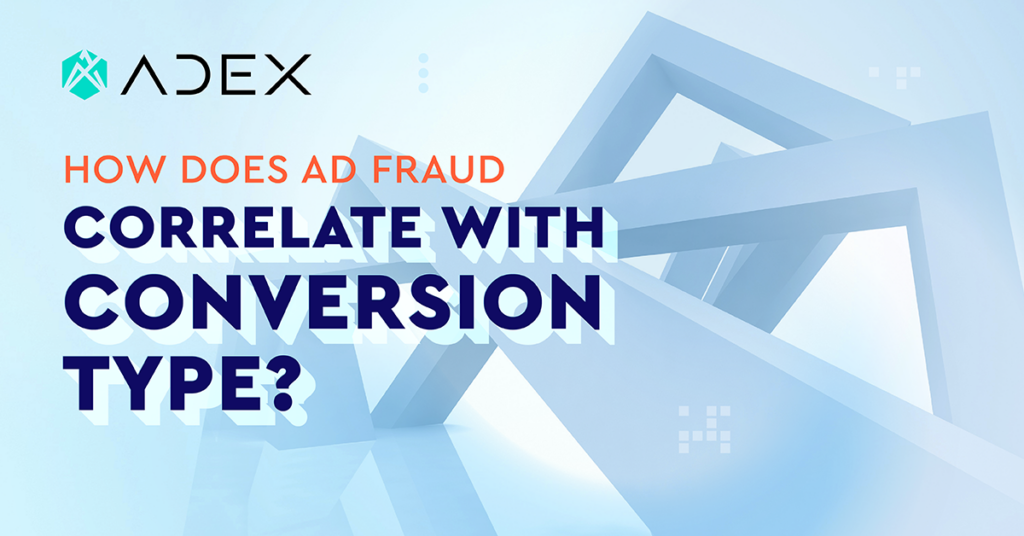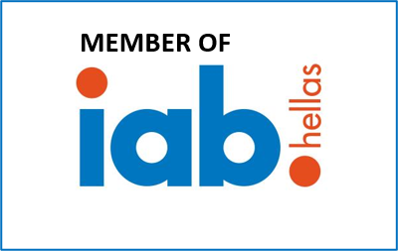Most advertisers are concerned with the diversity of ad fraud types. Indeed, there are many schemes used by cheaters, they differ, and become more advanced day after day. To help you dive deeper into the issue, we have prepared an overview of fraud patterns peculiar for various pricing models.
Bots and conversion types
Different types of fraud are dangerous for different pricing models. While the main aim of a fraudster is your advertising budget, logically his schemes depend on the financial flows. Let’s make things clear.
CPC/CPM models and massive click fraud
CPC (cost per click) and CPM (cost per mile or thousand) are known as the simplest pricing models. In CPC, you pay for individual clicks on your ad, while in CPM the advertising cost depends on the number of served impressions.
As a rule, for these two models fraudsters use the simplest bots to steal your budget. The bot attacks for CPM and CPC models are massive and end up with numerous clicks and impressions that never bring you desired conversions. As such, you pay money for these actions, but your investments are never fruitful.
Whenever you look at your campaign stats and see that impressions and clicks skyrocket, but the number of conversions is low, this might be a sign of fraud.
The most common strategies of impression fraud are ad stacking and pixel stuffing. Applications that seem legitimate from the first sight, as well as unreliable publishers and bots can send fake impressions to steal your advertising budget.
As for the click fraud, advertisers should be aware that the simplest bots are not the only contributors here. Human click fraud is also widespread: low-paid workers are hired by head ad fraudsters to perform actions, like clicks and registrations. There are entire click farms – organized large groups of people that act to benefit criminals and deplete your budget.
ADEX solution: Identifying non-human users behavior, ADEX platform compares the number of clicks and the number of actions. If the number of clicks is significantly higher than the final conversion rate, chances are that we deal with fake or partly fake traffic. This strategy is the first step of an anti-fraud campaign, especially for CPM and CPC models, where fraud floods are usually massive.
With the Redirect feature, you can send all the bots away from your precious landing pages. Fake impressions won’t bother you anymore, because Redirect will readdress the bots to a blank page instead of our site.
CPA/CPL models and advanced bots attacks
The CPA (cost per action) and CPL (cost per lead) models are more complicated than CPC and CPM. However, even though it requires more advanced fraud schemes, the complexity never stops a cheater willing to hook your money. Quite the contrary – some of them are feeling enthusiastic about cracking a harder nut.
As you may know, in the CPA model advertisers pay for concrete actions following the initial impression or click. This might be download, installation, purchase, form submission, etc. In a CPL model, the situation is similar – advertisers pay for actual leads and mostly – purchases.
Modern bots are smart enough to download and install applications, as well as to enter the fake credit card data to finalize the conversion flow. The only problem is that applications are never used, while the purchases are never made. So the actions are completed, but again – no result for you as an advertiser.
The CPA model is common for affiliate marketing fraud – fraudsters usually steal affiliate credits to perform fraudulent actions. Cookie stuffing is one of the most popular CPA fraud methods.
CPL fraud is committed either by bots or by hired people. Again, they act to trigger the payable events without actual conversions. Retargeting fraud – when bots are trained to act like interested clients – is a type of CPL fraud. Such bots usually fill the carts and abandon them, which triggers a retargeting campaign and makes advertisers pay real money for fake customers.
Unlike CPC and CPM models, CPA and CPL never suffer from massive attacks – such bots are well-trained, but their number is small. Due to the sad fact that this type of malware mimics human behavior successfully, defining them is not that easy.
ADEX solution: Even though advanced bots are not easy to detect, ADEX can filter them due to real-time analysis. We have two features to deal with the issue – API and Postbacks.
API analyzes data and takes necessary optimization measures, like blocking harmful zones. Postbacks tool checks user activity by numerous parameters and sends alerts to inform you if anything goes wrong. Postbacks also operate in real time, so you can reveal risks as early as possible and block harmful traffic sources.
After identifying fraud, you are welcome to block the sources or send the bots away from your pages. In case you want a refund from your traffic provider, benefit from Claim Reports – customized documents with statistical data and precise information about your campaign, namely – how exactly fraud traffic influenced it.
That’s it! Now you know how fraudsters act when it comes to different pricing models and traffic types. But what is even better – you know how ADEX can help you deal and prevent unpleasant scenarios.


